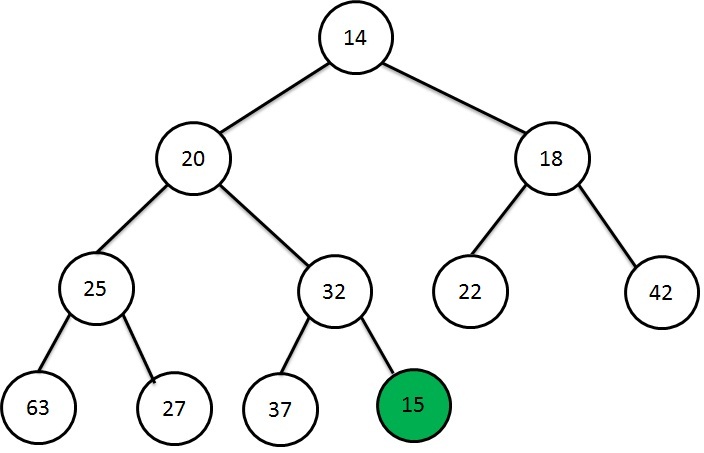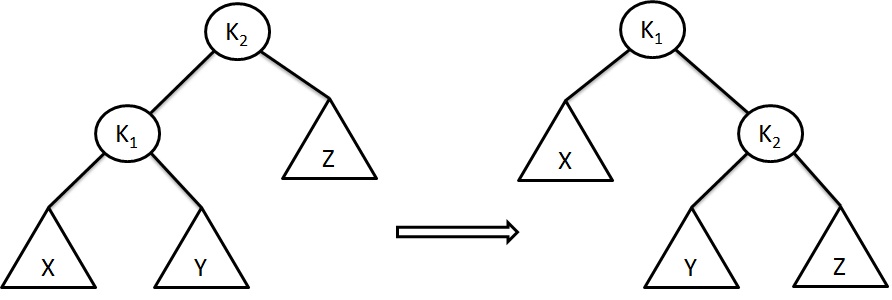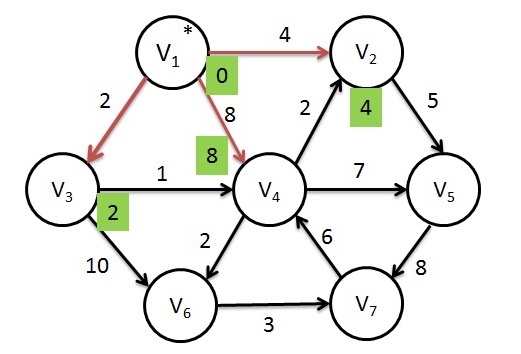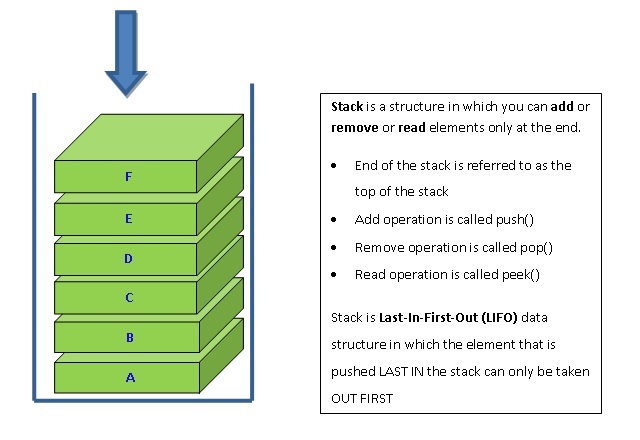Operating System Kernel Architecture and Features - Windows, Linux and MacOS
Architecture of Linux OS
Linux architecture has kernel mode and user mode. Linux has a monolithic Kernel layer which interacts with the hardware. There are other system libraries and device drivers. System libraries help Software applications to pass instructions to the Kernel or the Device drivers. Device drivers are softwares that interact (take input or provide output or both) with the firmware of the particular device. User mode has applications or tools which in turn interact with Kernel directly or indirectly via system libraries, device drivers. Kernel space is part of the RAM where the Kernel is loaded. Kernel has code which is unique to the hardware platform and code common to all platforms. Kernel also has an interface to handle system calls from user layer.How does the OS start? What is Bootloader
When OS is installed, it is stored on the hard disk, a non-volatile memory. Bootloader is a program that loads the kernel into RAM when the compter is started. Bootloader or bootstrap loader is stored in Read-only-Memory (ROM), EPROM or Flash memory. Bootloader is stored on the ROM on the motherboard. Firmware: Every device such as keyboard, mouse, disk drives have firmwares stored in its own ROM storage. Firmware is a type of logic that hardwires the devices and provides software, an interface to interact with hardware device.Kernel Architecture of Windows NT OS
Windows NT has hybrid Kernel architecture. It has the ability to handle Uni Processor and Symmetric Multi Processors(SMP). In the kernel mode, Windows NT architecture has a Hardware Abstraction Layer(HAL), a simple kernel, and a collection of services called Executive Services. In the user mode, windows NT architecuture has environment subsytem and Integral subsystem.Environment subsytem
- In the older versions of Windows NT, Environment subsystem had Win32 subsystem, OS/2 subsystem, and POSIX subsystem.
- In the newer versions of Windows NT, Environment subsystem has Win32 subsytem and Windows Subsystem for Linux (WSL)
- Integral subsystem has security subsystem, workstation service and server service.
- Security subsystem grants or denies users access to file or other resources and takes care user login authentication and logout.
- Workstation service lets the OS to access file and printer across the network.
- Server service lets the files and printers and resources in the machine to be accessed by external systems
How does windows architecture differs from windows NT architecture?
- Windows (Windows 1,2,3, Windows 95,Windows 98 and Windows ME) architecture had a monolithic kernel architecture.
- Windows NT (windows 2000, Windows XP, Windows Vista, Windows 7, Windows 8, Windows 8.1, Windows 10) has a hyrbid architecture. Hybrid architecture tries to get the best features of both monolithic kernel as well as microkernel.
Architecture of MacOS
macOS has a hybrid kernel. OS has the following components - Kernel and Device Drivers, Core OS, Core Services, Media and Cocoa Application. Kernel and Device drivers include handling the hardware, RAM, disk drives, file system, networking, POSIX thread support and BSD sockets.Core OS include
- Graphics,
- image processing,
- Information about Users / Groups / Printers and Network computers,
- handling mounting and unmouting storage volumes,
- parallel processing,
- increasing performance of processes and
- sharing of system resources to other machines across the network and
- accessing shared resources over the network.
Please click to learn about Mobile operating Systems..

















